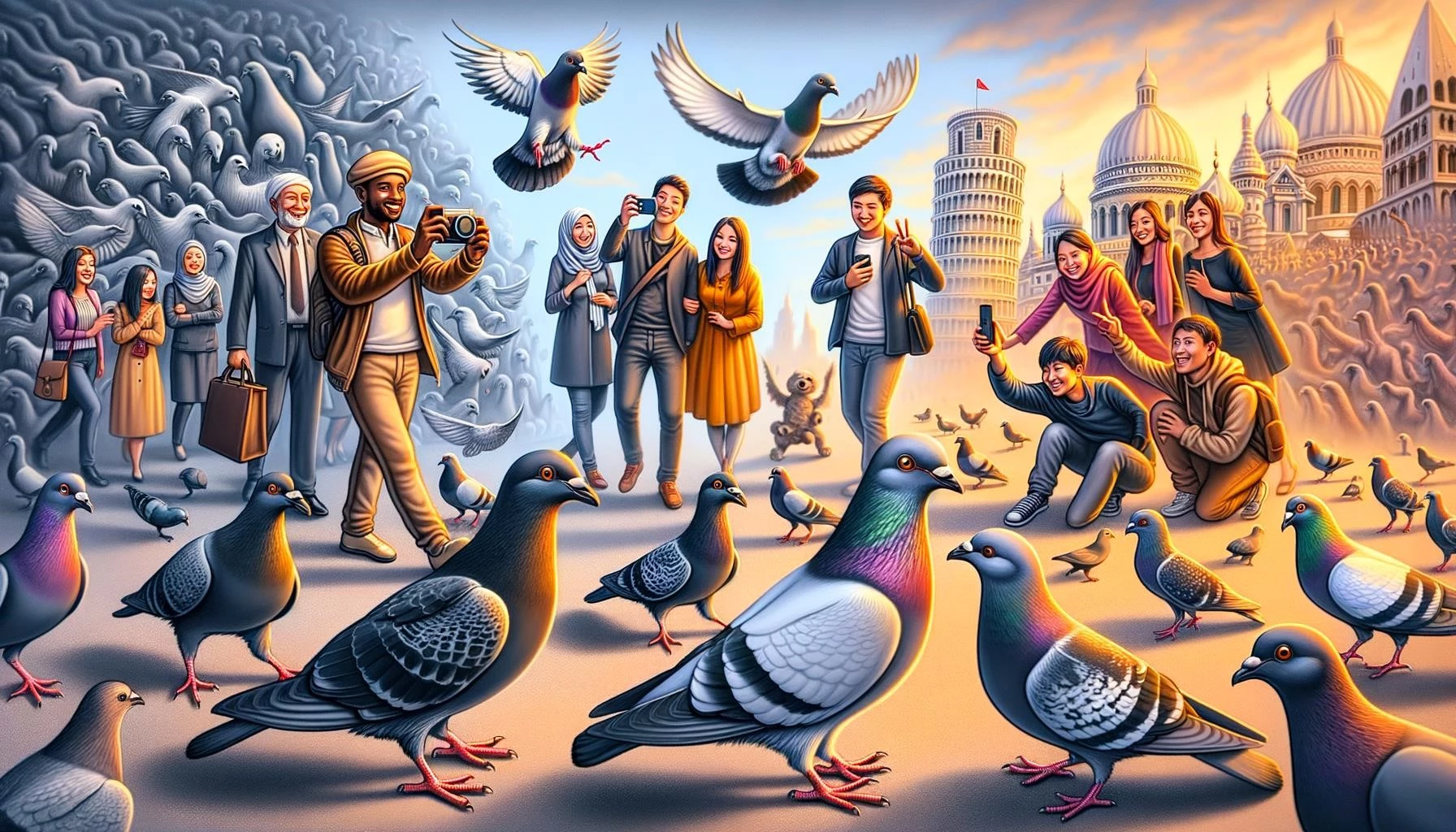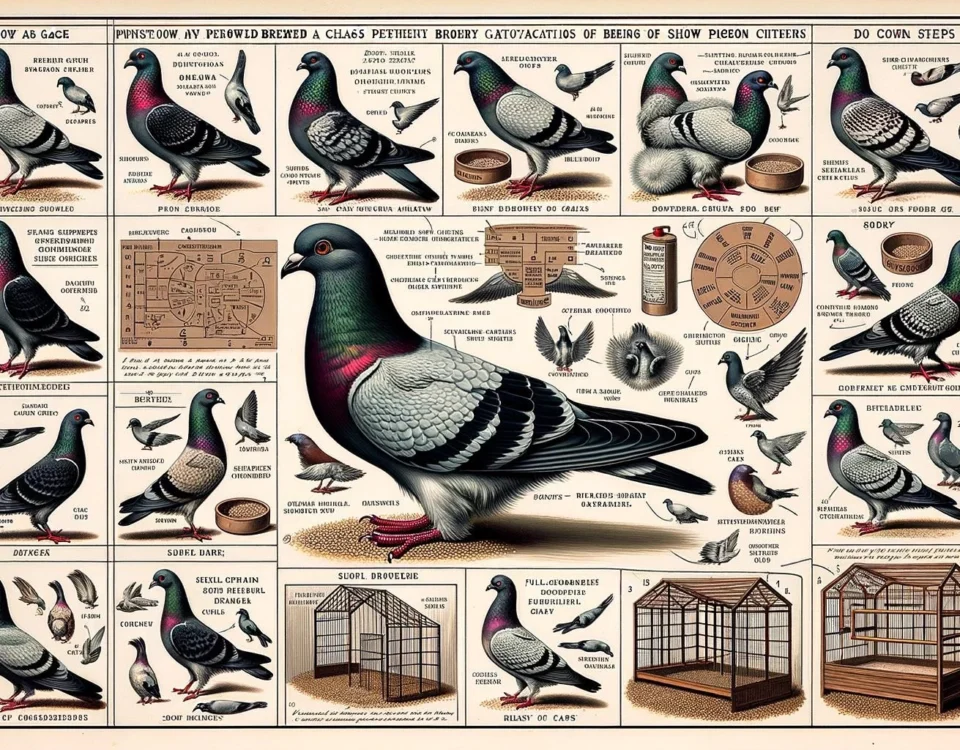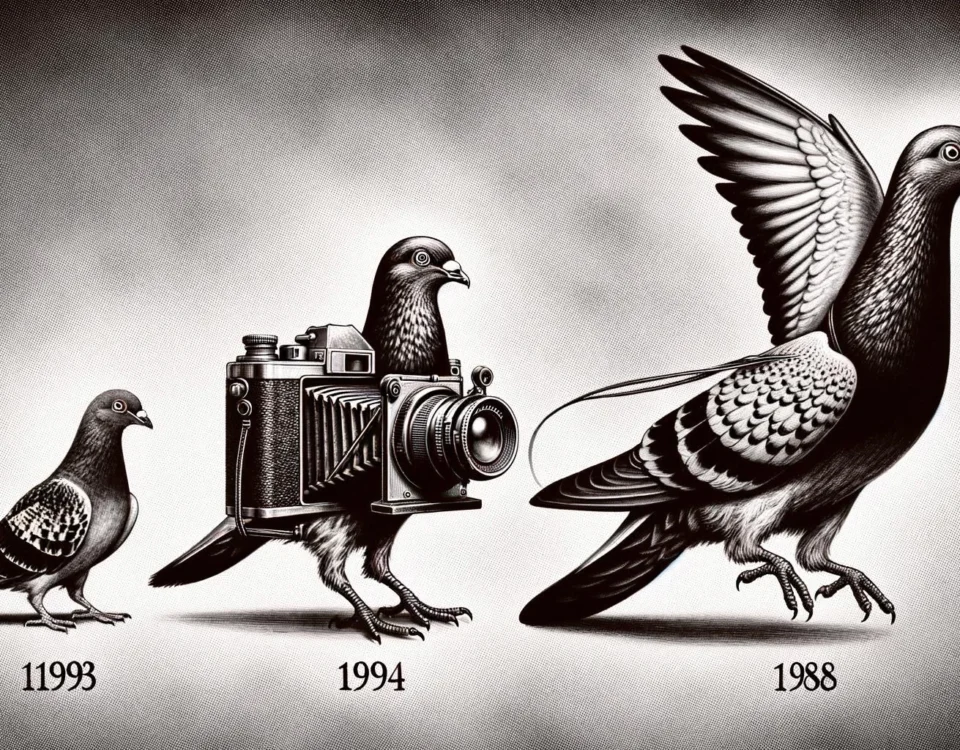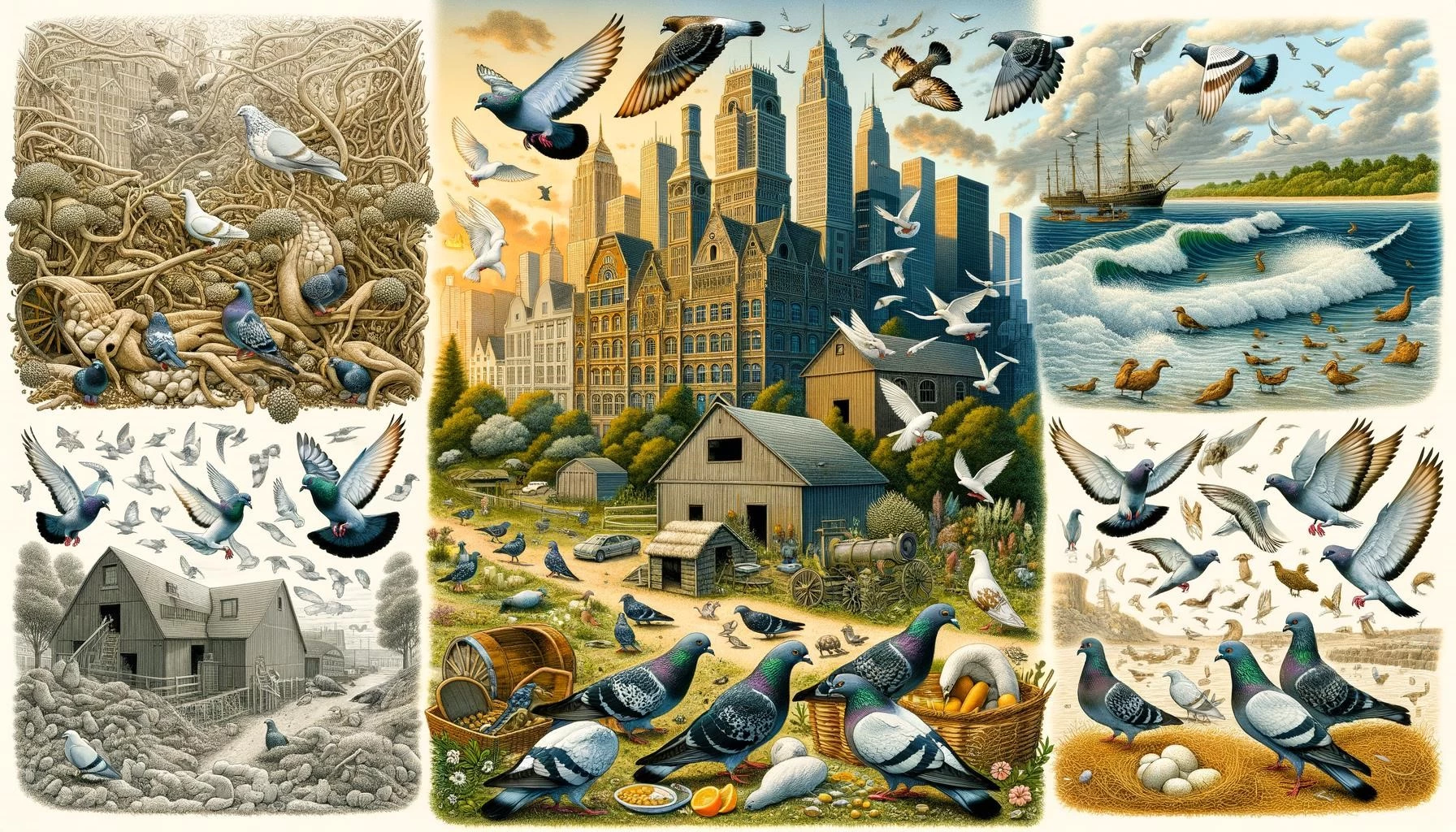Pigeons may not be the first thing that comes to mind when you think of tourism, but these birds have had a surprising impact on the industry in certain places. From pigeon racing competitions to pigeon-themed attractions, these fascinating creatures have found their way into the tourism spotlight. In this article, we will explore the connection between pigeons and tourism, examining various ways in which pigeons have become a unique and sometimes unexpected part of the travel experience.
Key Takeaways
- Pigeons have become an unexpected attraction in certain tourist destinations.
- Pigeon-themed shows and events, such as pigeon racing competitions, have gained popularity among tourists.
- Some cities have embraced the history and cultural significance of pigeons, incorporating them into their tourism offerings.
Pigeon Racing Competitions
One of the most notable ways in which pigeons have become linked to tourism is through pigeon racing competitions. Pigeon racing is a popular sport in which specially trained homing pigeons are released from a specific location and race back to their homes. This sport has gained a significant following in some countries, attracting both local spectators and international participants.
In places like Belgium and the Netherlands, pigeon racing events have become major attractions for tourists. Visitors flock to these competitions to witness the impressive skills of these birds and experience the thrilling race back to their coops. Pigeon fanciers from around the world come together to compete and showcase their prized pigeons, creating a vibrant and competitive atmosphere that appeals to both enthusiasts and curious tourists.
Pigeon-themed Attractions
Aside from pigeon racing competitions, pigeons have also made their way into various tourist attractions. Some cities have embraced the cultural significance of pigeons and incorporated them into their tourism offerings in unique ways.
For example, in Pigeon Forge, Tennessee, visitors can enjoy a range of pigeon-themed shows and attractions. The city itself is named after the passenger pigeons that once inhabited the area. Visitors can watch world-class entertainment at shows like Dolly Parton’s Stampede and Pirates Voyage Dinner and Show, where pigeon-themed elements are incorporated into the performances. These shows provide a unique twist on traditional entertainment and offer visitors a one-of-a-kind experience.
Niche tours and experiences centered around pigeons have also gained popularity in some places. These tours cater to creative individuals who are interested in learning more about pigeons and their historical significance. From visiting pigeon lofts to learning about pigeon breeding techniques, these experiences offer a deep dive into the world of pigeon enthusiasts.
Cultural and Historical Significance
Pigeons also hold cultural and historical significance in certain regions, which has led to their inclusion in local tourism efforts. In cities like Pigeon Forge, the pigeon’s historical presence has been recognized and celebrated by the local community, resulting in various pigeon-themed attractions and events.
Pigeons have been used throughout history for communication purposes, particularly as carrier pigeons during times of war. Their extraordinary homing abilities and reliable message delivery made them valuable assets. Recognizing the importance of pigeons in communication history, some cities have established pigeon-related exhibits in museums or monuments to commemorate their contributions. These attractions provide tourists with an opportunity to learn about the role pigeons played and appreciate their remarkable abilities.
Overall, pigeons have found their place in the tourism industry through various avenues, including pigeon racing competitions, pigeon-themed attractions, and the recognition of their cultural and historical significance. These birds have become unexpected but fascinating additions to the travel experience, appealing to both pigeon enthusiasts and curious tourists seeking unique and offbeat attractions.









